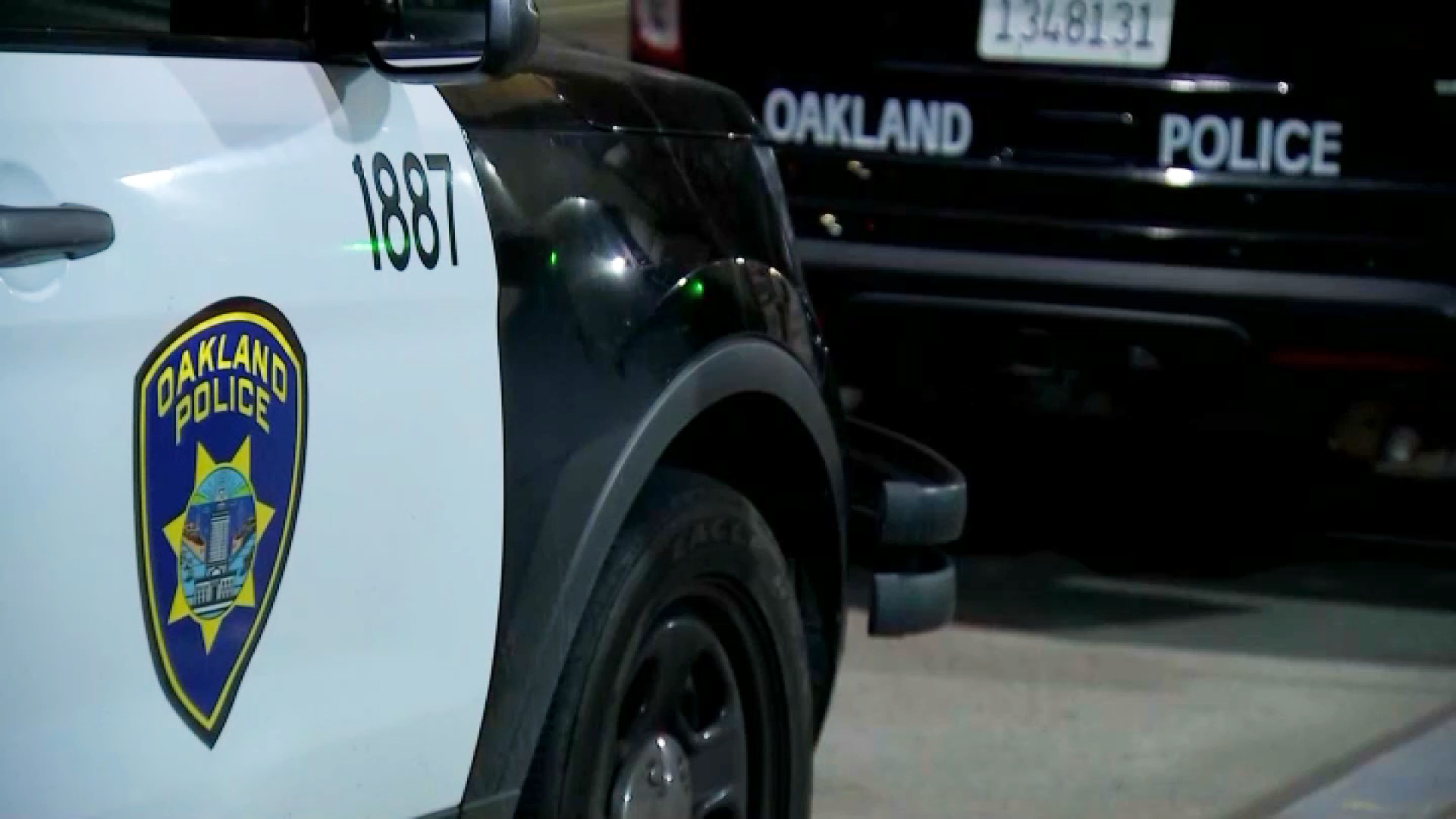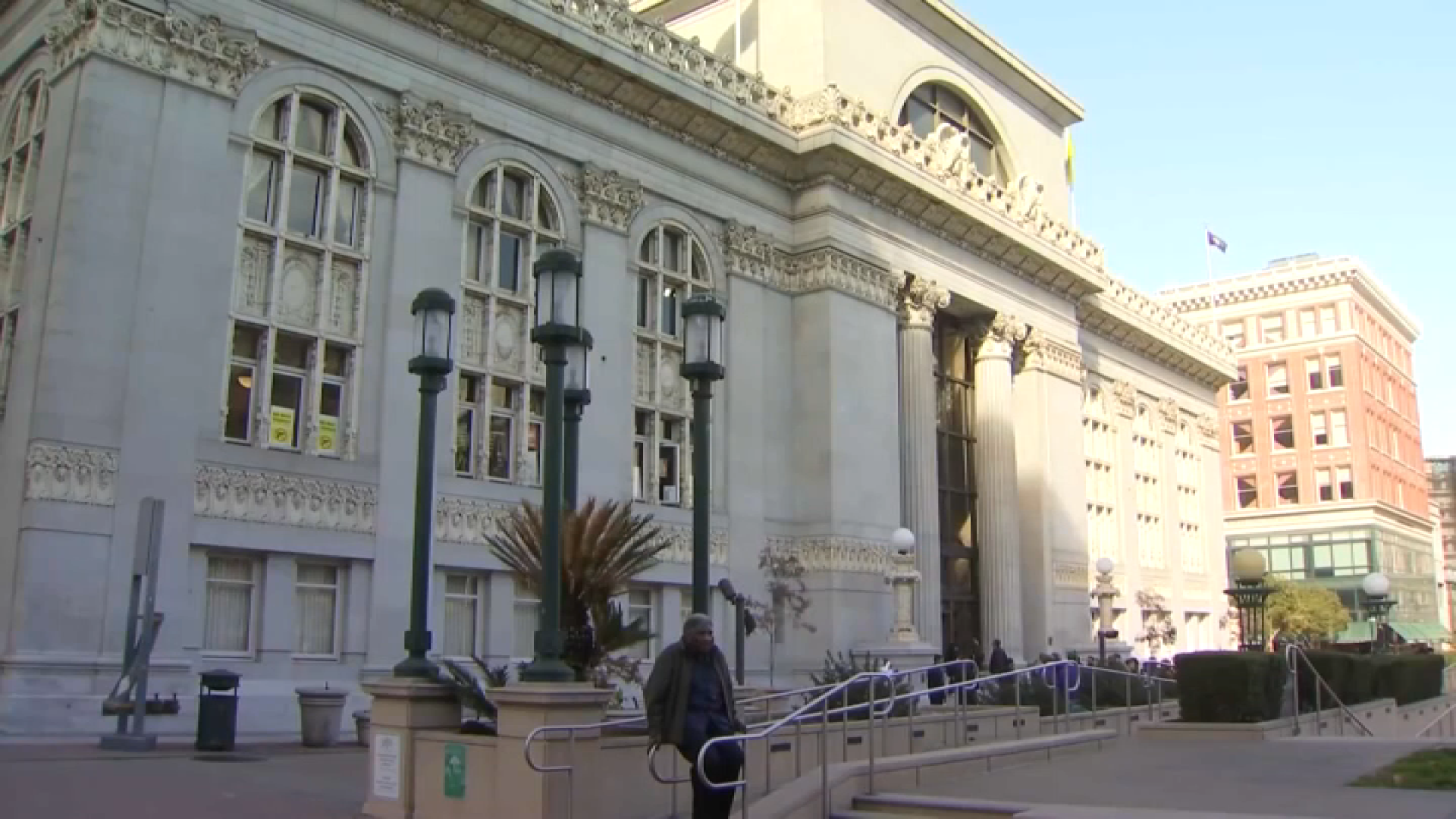NBC Bay Area Responds got a front-row seat to an eye-opening display of the power of a wildfire -- to destroy your home. Firefighters, engineers, and insurance companies are hoping the display inspires you to reduce your fire risk -- and helps you keep your home insurance.
There’s no Red Flag Warning. Still, a raging fire is devouring a makeshift house. It’s engulfed in flames. And yet, Cal Fire crews standing feet away are not rushing in to douse it. Today, they’re bystanders.
To explain why, let’s rewind about 12 minutes.
This is “The Brickyard,” a Sacramento fire training facility. Our visit to “The Brickyard” might change the look of your front and back yards.
Get a weekly recap of the latest San Francisco Bay Area housing news. Sign up for NBC Bay Area’s Housing Deconstructed newsletter.
Anne Cope, Ph.D. is part of a consortium of building engineers, fire professionals, and insurance groups that built two microcosm homes side-by-side. Their goal is to burn them. Well, one of them.
The point here is that the “wildfire-prepared” house on the right was doing things right: fire-resistant siding, defensible space, sealed eaves, a metal fence where it meets the house, and no plants next to the walls.
“Everything within these first 5 feet is non-combustible,” noted Cope, who is with the Institute for Building and Home Safety.
Local
The house on the left, however, is left to burn intentionally. It has traditional, easily combustible wood siding, common mulch touching the siding, an old-school wooden fence, shrubs right up against the wall, and open eaves.
“So, if anything is burning underneath them, all that heat is going to go into the structural pieces,” Cope said.
Like the roof.
After a short introduction, firefighters simultaneously light tiny flames at both houses.
Within about 12 minutes, a smoky, roaring, and unmistakable difference.
The fire on the left burned so hot, so fast, it temporarily overheated our cameras -- even though we were several yards away. The house collapsed while our cameras were cooling.
Engineers knew exactly how this would go down. Literally. They knew the house on the right would survive because they’d done this demo in a lab and written research papers. Now, they’re taking this dramatic display on the road -- for you.
“It’s one thing to be able to read about the best practices,” said California Fire Marshal Daniel Berlant.
“It’s another thing to see it,” he continued. “And so, we wanted to bring it to California residents and let them see it for themselves.”
“Myself, I’ve had two fires in the past three years,” Berlant said.
One thing about this controlled burn surprised us. A shrub in front of the house on the left.
“We think, ‘They’re green which means they’re alive. We’re watering them, so they should be able to resist fire.’ But that’s not the case,” Berlant continued.
The demonstration proved that point. The green shrub ignited. It burned up the fence, then burned down the house. Berlant says you should learn from this live fire exercise: move all vegetation at least 5 feet from your home -- even if heirloom plants have been rooted close by for years or decades.
“We realize that’s not going to be easy, but the science shows us that those first 5 feet are so critical,” Berlant said.
Before the fire, Anne Cope called it while giving us a tour of the two homes.
“Even though this plant is beautiful, healthy, and green, it will absolutely ignite,” she said.
In fact, all the lush plants burned.
“The science is right,” said Karen Collins with the American Property Casualty Insurance Association, which represents the insurance companies that insure our homes.
Some insurance companies are leaving California, others are dropping customers in higher-risk fire zones, or raising premiums. They blame big losses and seemingly non-stop fires.
Collins says if homeowners collectively embrace the lessons learned here and reduce risk, more insurance companies might resume offering home policies in California.
“We can be more resilient to wildfires,” Collins said. “And together, individual homes, at community scale, we can meaningfully reduce our losses which can positively impact the insurance market in California.”
At the end of the day, the “wildfire prepared” home on the right was so unscathed that firefighters can re-use it -- and the big sign on top of it.
Fire Marshal Berlant told us California will require contractors to build and landscape new homes like this one. He says you should do the same with your home no matter how old it is.
“It’s not just something we’re advising people to do. It makes a difference -- whether this home or your home - is destroyed when a wildfire does occur,” Berlant said.



